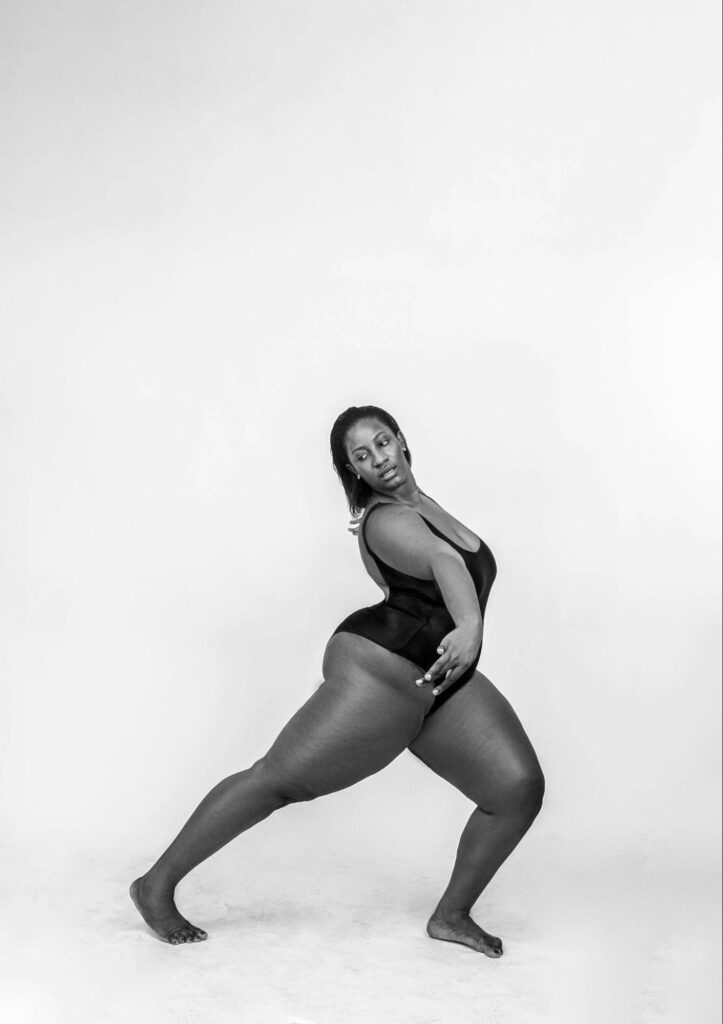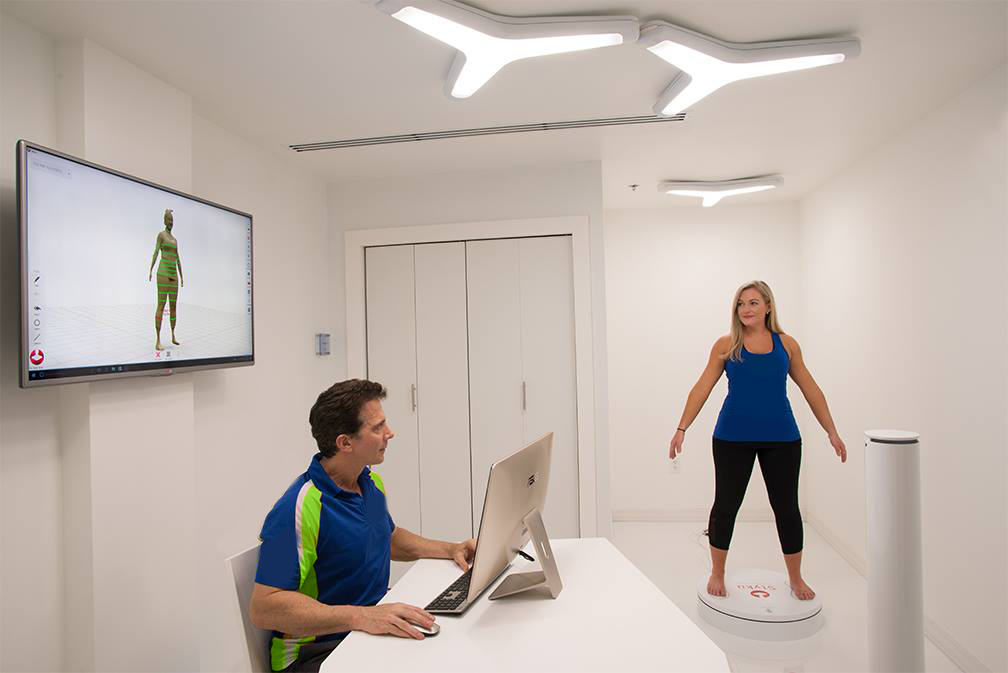The pear body type is one of the commonly recognized female body shapes characterized by a narrower upper body compared to the lower body, which is typically wider around the hips and thighs. Understanding the pear body type involves examining not only its physical characteristics but also the implications it has for personal style, fitness, and nutrition. In this article, we will explore various facets of the pear body type to give a comprehensive view about it.

Understanding Body Types
Body types can be categorized based on distinct physical characteristics, which inform how individuals store fat and muscle throughout their bodies. The concept of body types goes beyond appearances; it follows the idea that different shapes may have unique attributes, leading to different health implications and fitness needs. Understanding one’s body type can empower individuals to make informed decisions about their health and wellness journey, ultimately enhancing their quality of life.
The Science Behind Body Shapes
Research suggests that genetic, hormonal, and environmental factors contribute to the body shape an individual possesses. While weight and diet are influential, they are only parts of a more complex equation. For instance, hormones such as estrogen can affect fat distribution in women, often resulting in a pear-shaped body, where fat accumulates in the lower body.
Similarly, testosterone levels in men can lead to a more muscular and broader upper body, influencing the apple shape. Understanding these biological underpinnings can help individuals appreciate their unique body composition and the reasons behind their physical characteristics.
Differentiating Between Body Types
Several body types exist, including the apple, hourglass, rectangle, and pear. Each has distinct features:
- Pear: Narrow shoulders, defined waist, wider hips and thighs.
- Apple: Broader shoulders, slim hips, weight concentrated around the abdomen.
- Hourglass: Balanced upper and lower body proportions with a defined waist.
- Rectangle: Similar measurements in the bust, waist, and hips; lacks a defined waist.
Recognizing these differences can help individuals choose appropriate clothing, fitness regimens, and health strategies tailored to their body type. For example, those with a pear shape might benefit from exercises that enhance upper body strength to create a more balanced silhouette, while hourglass figures may focus on core workouts to maintain their defined waist. Furthermore, understanding one’s body type can also foster a positive body image, encouraging individuals to embrace their unique shapes rather than conform to societal standards of beauty.
Moreover, the impact of body types extends into the realm of nutrition and dietary choices. Different body types may respond uniquely to various diets and eating patterns. For instance, individuals with an apple shape might find that a diet rich in fiber and low in refined sugars helps manage their weight more effectively, while those with a pear shape may benefit from a focus on healthy fats and protein to support muscle development in their lower body. By aligning dietary habits with their specific body type, individuals can enhance their overall health and wellness, paving the way for a more fulfilling lifestyle.
Characteristics of a Pear Body Type
The pear body type has many distinctive characteristics. These traits define not only how an individual may perceive their silhouette but also how they can enhance their style and health.
Physical Traits of a Pear Body Type
Individuals with a pear body type usually present with the following physical attributes:
- Narrow shoulders compared to the hips
- Defined waistline
- Wider hips and heavier thighs
- Smaller bust size relative to the hips
These traits create an overall appearance that is dramatically defined by the curves of the hips, resulting in a bottom-heavy silhouette. This shape often leads to a natural hourglass figure, which can be accentuated with the right clothing choices. For example, A-line skirts and dresses can beautifully complement the pear shape by highlighting the waist while allowing for comfort around the hips. Tailored tops that add structure to the shoulders can also create a more balanced look, drawing attention upward and enhancing the overall silhouette.
Health Implications for Pear Body Types
Though the pear body shape can be aesthetically appealing, it also carries specific health considerations. The tendency to store fat in the hips and thighs is often linked to lower risks of certain diseases compared to an apple-shaped body type, which is more susceptible to various health issues.
Nonetheless, individuals with a pear body shape should be mindful of potential challenges, such as:
- Increased risk of joint problems due to extra weight in the lower body
- Less cardiovascular fitness if physical activity is not prioritized
It is essential to adopt a balanced lifestyle that incorporates fitness and nutrition to mitigate these risks. Engaging in strength training exercises can be particularly beneficial, as they help to build muscle mass in the upper body, promoting a more proportionate look. Additionally, incorporating aerobic activities such as cycling or swimming can improve cardiovascular health while also providing a fun way to stay active. A well-rounded diet rich in whole foods, including fruits, vegetables, lean proteins, and healthy fats, can further support overall well-being and help maintain a healthy weight.
How to Identify a Pear Body Type
Identifying whether you have a pear body type can involve simple measurements and visual assessments. Understanding your body shape can greatly assist in achieving a flattering appearance through clothing and self-care. Recognizing your body type not only helps in selecting the right wardrobe but also boosts confidence, as you learn to embrace and celebrate your unique silhouette.
Measurements for a Pear Body Type
To determine if you are a pear shape, consider the following measurements:
- Bust: Measure around the fullest part of the bust.
- Waist: Measure around the smallest part of the waist.
- Hips: Measure around the fullest part of the hips and buttocks.
In a typical pear body type, the hip measurement will exceed the bust measurement by at least 5 inches, along with a significantly narrower waist. This distinctive ratio is what sets the pear shape apart, making it essential to take accurate measurements. It’s also helpful to note that body types can change over time due to factors such as weight fluctuations, pregnancy, or aging, so it’s wise to reassess your measurements periodically.
Visual Indicators of a Pear Body Type
Seeing is believing; visual indicators can also help ascertain if you fit the pear body type mold. Look for:
- Wider hips when standing or sitting
- Narrower shoulder width than hip width
- A distinct curve from the waist to the hips
These visual assessments align with the measurements to confirm a pear shape. If these indicators resonate with your physical features, it’s likely that you possess a pear body type. Additionally, many individuals with a pear shape often have a more defined waistline, which can create a beautiful hourglass effect when styled correctly. Embracing this shape can lead to a more tailored and flattering wardrobe, emphasizing the waist while balancing the proportions of the hips and shoulders.
Dressing for a Pear Body Type
Once you’ve identified your body type, the next step is to dress in ways that accentuate your assets while providing balance to your silhouette. Choosing the right clothing styles can enhance confidence and personal style. Understanding the nuances of your body shape allows for a more tailored approach to fashion, making it easier to express your individuality through your wardrobe choices.
Clothing Styles that Flatter a Pear Shape
When dressing a pear body type, consider styles that draw attention to the upper body while smoothing over the lower body. Some flattering options include:
- Off-the-shoulder tops to broaden the shoulder line
- A-line skirts and dresses to skim over hips
- Lightly structured jackets to create an hourglass effect
- High-waisted pants to emphasize the waistline
These styles highlight the waist and bring focus to the upper body, creating a more balanced overall look. Additionally, layering can be a powerful tool; for instance, a fitted blazer over a flowing top can enhance your silhouette while adding dimension. Experimenting with different textures, such as pairing a soft knit with a structured piece, can also add visual interest and depth to your outfits.
Colors and Patterns for Pear Body Types
Color and pattern can likewise make a significant difference in how the body shape is perceived. For pear body types, the following tips are helpful:
- Wear darker colors on the bottom to minimize width.
- Use bright or bold colors on tops or accessories to draw the eye upward.
- Select patterns and prints for upper garments while keeping bottoms solid.
Implementing these strategies can result in a more balanced and flattering appearance across the body. Moreover, consider the impact of fabric choice; lighter, flowing materials can create a softer look, while structured fabrics can provide support and shape. Don’t shy away from experimenting with prints like florals or geometric designs on your tops, as these can add personality and flair to your style, making your outfits not only flattering but also uniquely yours.
Fitness and Nutrition for a Pear Body Type
Engaging in regular fitness routines and adhering to nutritional guidelines can greatly benefit those with a pear body type. Tailoring exercise and diet to your body shape will provide optimal results for health and aesthetics.
Exercise Routines for Pear Body Types
A balanced fitness routine for pear body types should focus on cardio, strength training, and flexibility.
Recommended activities include:
- Cardio exercises like running, cycling, or aerobic classes to burn calories
- Strength training targeting the upper body to build muscle and balance proportions
- Pilates or yoga for flexibility and improved posture
Engaging in these types of exercises can enhance overall fitness while promoting an aesthetic physique.
Nutritional Guidelines for Pear Body Types
Nutrition plays a vital role in achieving and maintaining a healthy weight. For those with a pear body type, it is important to focus on:
- A diet rich in fruits, vegetables, and lean proteins
- Limiting processed foods and sugars that contribute to weight gain
- Staying hydrated with plenty of water throughout the day
By adhering to these nutritional guidelines, individuals can support their health and fitness goals effectively, ensuring they feel their best.
Conclusion
The pear body type exemplifies a unique silhouette that deserves recognition and appreciation. By understanding its characteristics, identifying a pear shape, and learning how to dress appropriately while adopting suitable fitness and nutrition practices, individuals can embrace their body shape with confidence and style. Speak with an expert to learn more about our program and discover what sets our approach apart. No obligation or commitment required!






